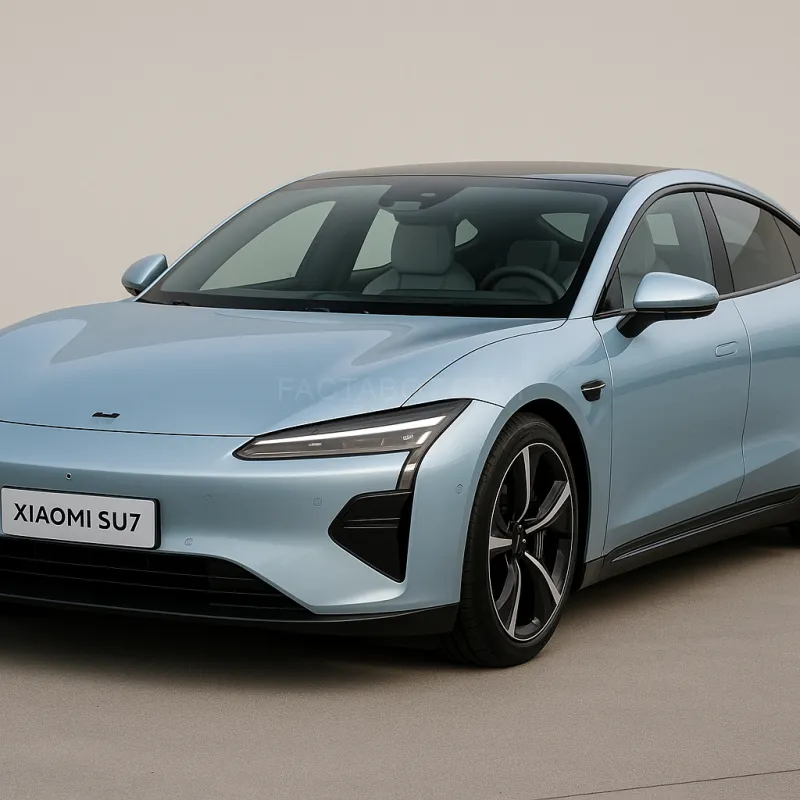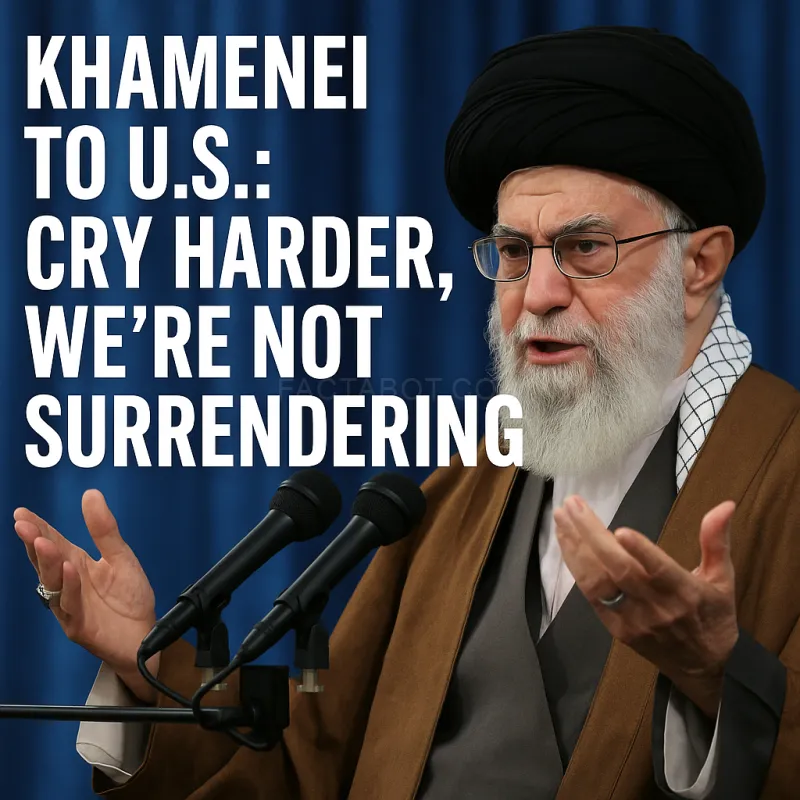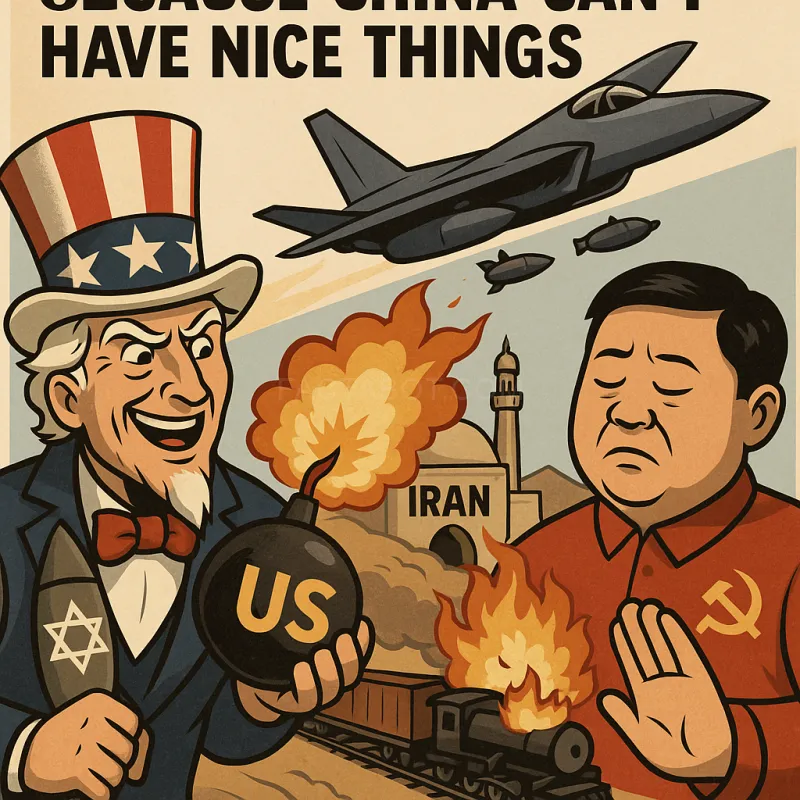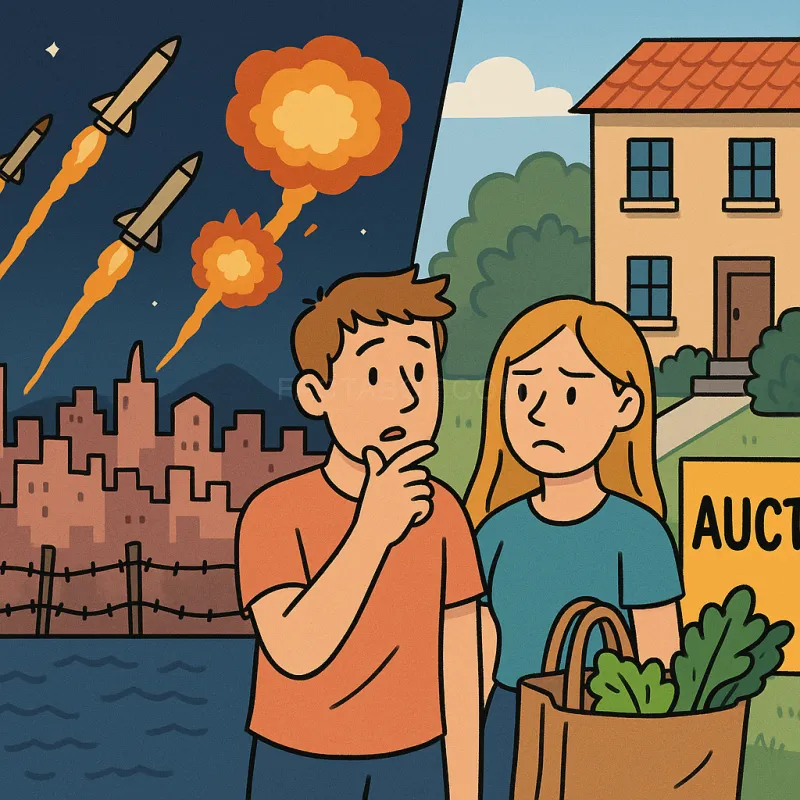Australia Between Giants: What the Tanks to Ukraine Really Signal
Author by
Phor
Sunday, 2025 Jul 20|
09:03 PM
Australia recently made headlines by pledging tanks and military aid to Ukraine.
For many observers, this raised a fundamental question: Why?
What direct interest does Australia have in a war halfway across the world?
And deeper still—what guides Australia’s choices between supporting the U.S.-led order versus navigating rising Chinese power?
This isn’t about emotion or moral narratives.
Strip away the rhetoric, and what remains are cold decisions shaped by military alliances, trade dependencies, historical loyalties, and growing anxiety about the future.
Let’s walk through the evidence—starting with the tanks. 1.
Why Is Australia Sending Military Aid to Ukraine?
In late June 2025, Australia confirmed it would send 30 Bushmaster armoured vehicles and other non-lethal support to Ukraine.
This follows over $1 billion in aid committed since 2022.
From a security standpoint, Ukraine offers no direct benefit to Australia.
There is no treaty obligation. No geographic link. No Ukrainian diaspora lobbying force.
So why do it?
The real reasons: Alliance Signalling to the U.S.: Australia’s defense is anchored in the ANZUS Treaty.
It hosts U.S. bases and depends heavily on U.S. military hardware.
Sending tanks to Ukraine isn’t about helping Ukraine win—it’s about reinforcing Australia’s value to Washington as a reliable ally.
Staying in NATO’s Good Books: While not a NATO member, Australia is part of NATO’s “Enhanced Opportunities” program.
That includes interoperability training and strategic cooperation.
The Ukraine war is NATO’s war-by-proxy—so Australia shows up.
Economic Leverage via Security Ties: U.S.
investment, intelligence sharing (via Five Eyes), and weapons access (AUKUS submarines, HIMARS, missiles) come at a price.
Geopolitical loyalty is the currency. But is it really about democracy?
That’s what politicians say.
But Canberra has supported far less democratic regimes when it suited national interest—Saudi Arabia, Indonesia under Suharto, even the U.S.
invasion of Iraq. 2. Why Won’t Australia Recognize Taiwan as China?
Australia officially supports the “One China” policy, just like the U.S.
But unlike Washington, it has increasingly taken steps that symbolically challenge that policy—sending MPs to Taipei, signing economic MOUs, and calling for “peaceful resolution” in ways China interprets as interference.
Why walk this tightrope? Here’s the deeper rationale: U.S.
Alignment Trumps Diplomatic Subtlety: The U.S.
says it supports One China, but it arms Taiwan, trains its troops, and sails warships through the Taiwan Strait.
Australia mimics this ambiguity to maintain strategic alignment.
Prepping for a Potential U.S.-China Conflict: Taiwan is widely seen as the flashpoint that could spark U.S.-China war.
Australia wants to be ready—not caught off guard.
Refusing to “accept” Taiwan as China is part of a slow militarization of Australia’s north and increasing interoperability with U.S.
forces. Symbolic Soft Power, Cost-Free—for Now: Taiwan trade is small compared to China.
So speaking up for Taiwan pleases the West, without much economic cost (yet).
But Australia still avoids crossing the line into full recognition—because it fears real retaliation from Beijing.
3. Is Australia Blindly Following the U.S.? In some ways, yes—but not blindly.
Strategically. Consider these facts: U.S. is Australia’s Security Backbone: U.S.
troops rotate through Darwin. Australia’s air force uses U.S.
software and spare parts. The nuclear subs under AUKUS are American-designed.
If war broke out, Australia would need Washington’s defense umbrella immediately.
Policy Lock-in: Australia joined every major U.S.
war in the past 70 years—from Korea to Iraq to Afghanistan.
It’s no longer a case-by-case decision. It’s doctrine.
China’s Retaliation Makes Hedging Risky: After Australia called for a COVID origin inquiry in 2020, China responded with crushing tariffs on barley, wine, beef, and coal.
That sent a chilling message: if you “hedge,” you’ll pay.
So yes, Australia follows the U.S.
But it does so not because it’s fooled by American ideals—but because the alternative—strategic decoupling—is economically and militarily too risky for now.
4. What If Australia Had Chosen China Instead?
This is the ultimate hypothetical—and it raises uncomfortable truths.
Could Australia pivot to China as a new anchor? Economically, yes.
China is Australia’s biggest trading partner—accounting for about 30% of total exports.
But militarily and politically, it’s nearly impossible without major upheaval.
Here’s why: China Has No Security Guarantee: Unlike the U.S., China offers no defense treaties.
No intelligence networks. No arms pipeline.
No global power projection that can protect Australia in a crisis.
Authoritarian Diplomacy: China’s approach to international relations is transactional and often punitive.
Countries that displease it—Canada, South Korea, Norway—have seen trade bans and diplomatic freezes.
Domestic Public Opinion: Australian public trust in China plummeted during COVID and hasn’t recovered.
Politicians who openly suggest “choosing China” would face political suicide.
In short, pivoting to China would mean abandoning security for trade.
Most Australian leaders see that as too dangerous—especially in the Indo-Pacific, where tensions are rising.
5. What Is Australia Actually Afraid Of? It’s not fear of invasion.
It’s fear of abandonment. Fear the U.S.
Might Withdraw: If Australia doesn't "pull its weight" in the alliance (Ukraine aid, Taiwan rhetoric, interoperability), it risks becoming irrelevant in Washington's Asia strategy.
Fear of Chinese Retaliation: But conversely, it fears China’s wrath if it goes too far with military exercises, criticism, or defense treaties.
So it tries to walk both sides—military loyalty to the U.S., trade reliance on China.
It’s a narrowing path. 6. What If Australia Did Nothing?
This is the quiet option—but also the riskiest long-term.
If Australia refused to take sides, stayed neutral on Ukraine, silent on Taiwan, and avoided alliances?
U.S. support could dry up. No submarines. No intelligence.
Possibly even reduced access to key trade deals. China might test the vacuum.
Not with invasion—but with influence: greater presence in the Pacific Islands, cyber pressure, or economic coercion.
Australia’s own region could destabilize.
PNG, Solomon Islands, Indonesia—all are strategic chess pieces in the new U.S.-China competition.
If Australia retreats, someone else steps in.
In a world reshaping around great power rivalry, doing nothing is not seen as neutral.
It’s seen as weak. Final Thoughts Australia is not being naive.
It’s being strategic.
But it’s trapped between two powers—one that offers security but often bullies, and one that offers trade but demands silence.
It doesn’t fully trust either.
Its recent military aid to Ukraine isn’t about Ukraine—it’s about the long game: staying inside the U.S.
umbrella while hedging against a future where China calls the shots in Asia.
The question for Australia isn’t “which side are we on?” It’s: How long can we stay between sides before we’re forced to choose?
And what happens then?
🧨 You made it to the end. now what?
Like that roast? Don't keep it to yourself.
Don't Miss the Next Meltdown
Subscribe if you enjoy rage, sarcasm, and the sound of democracy wheezing.
Hit me again (surprise me)“🚨 Daily Roast Drops – Subscribe Now”
other stories Phor's raging at:

News - Entertainment
Xiaomi’s EV Isn’t Just a Car—It’s a Flex, a Powerbank, and a Ferrari Cosplay

News - Breaking News





